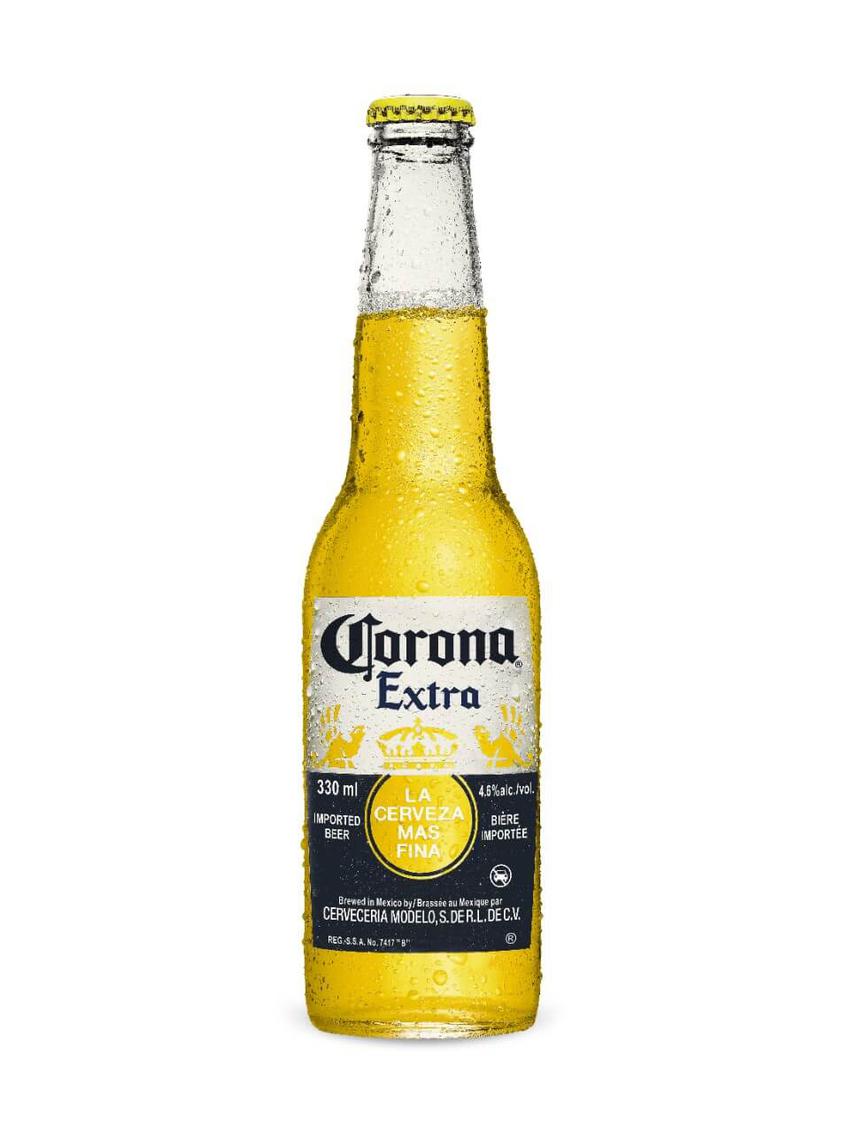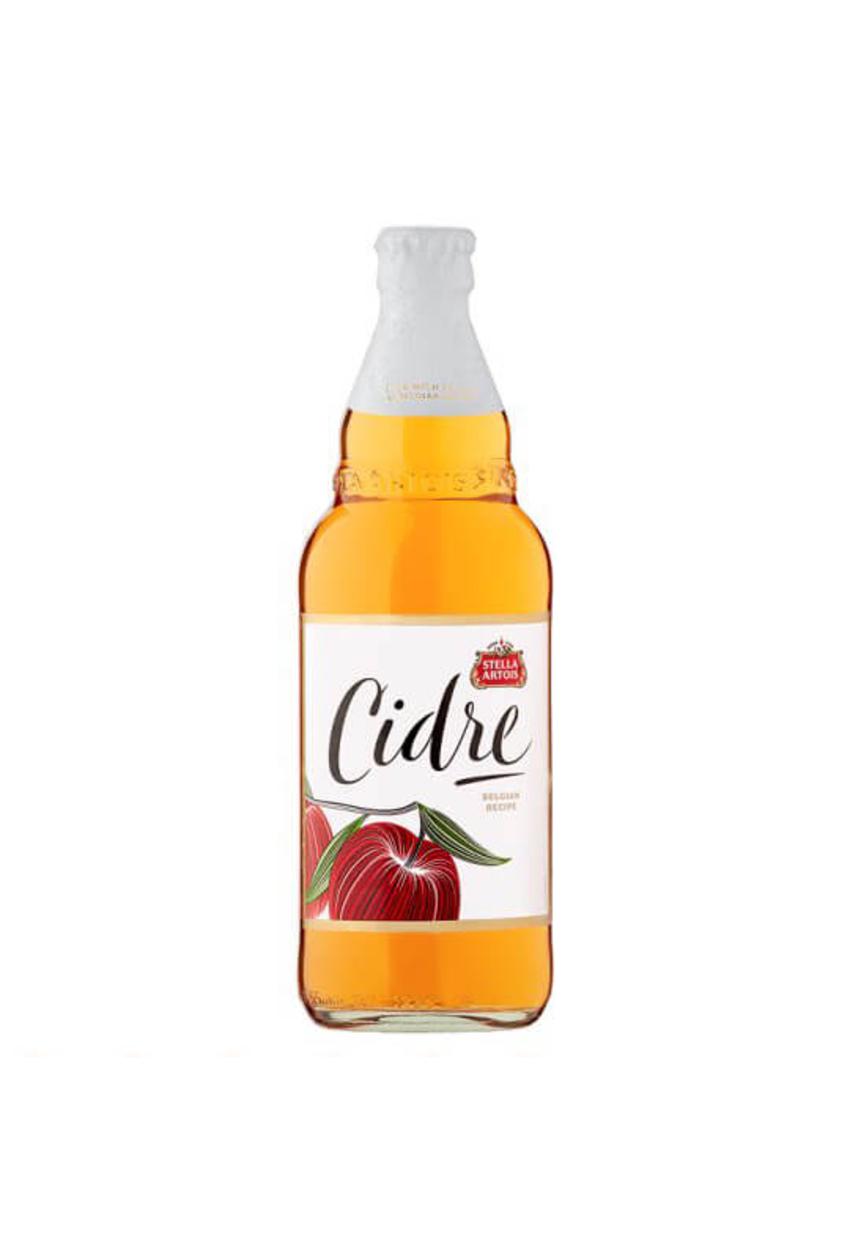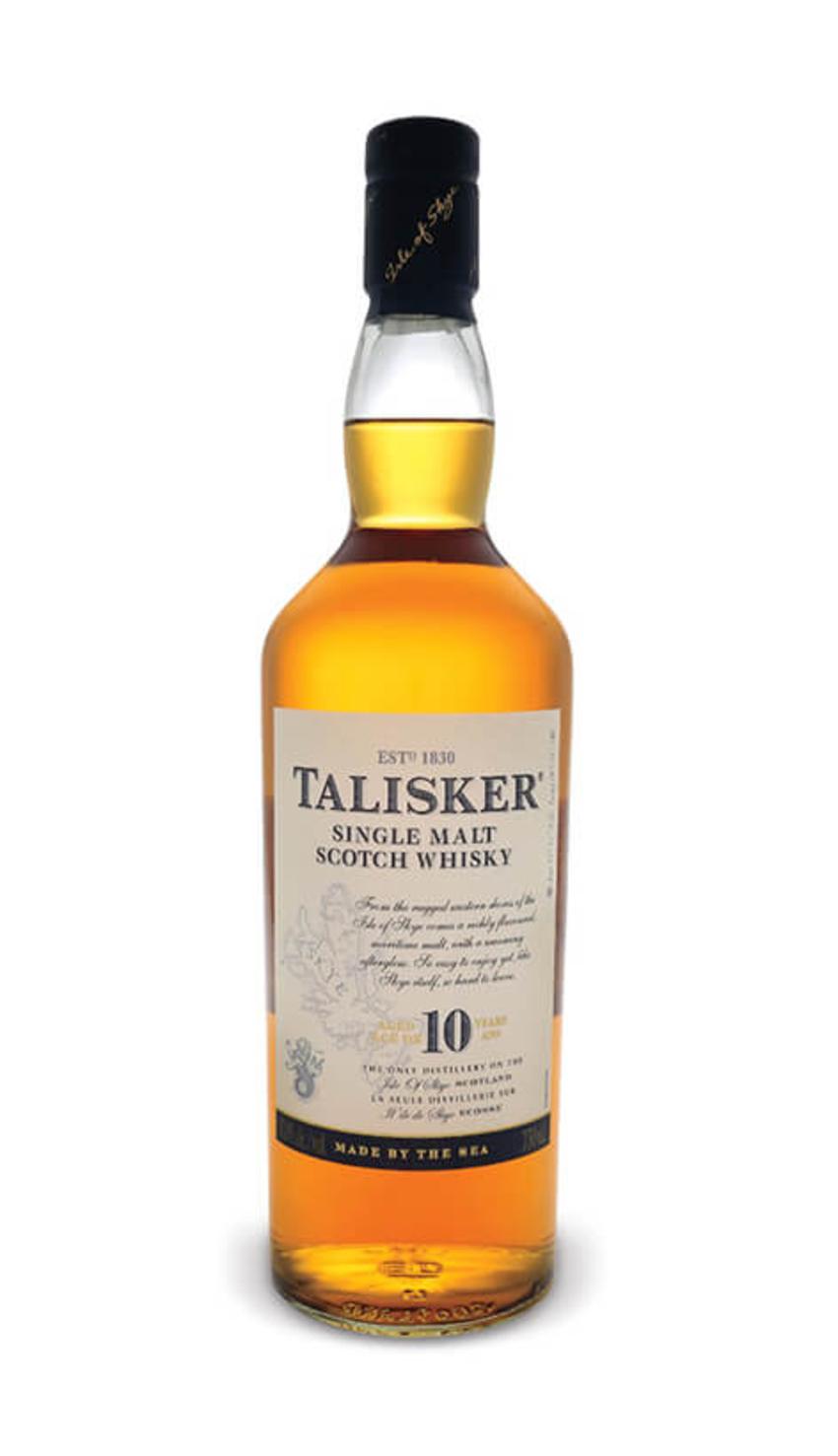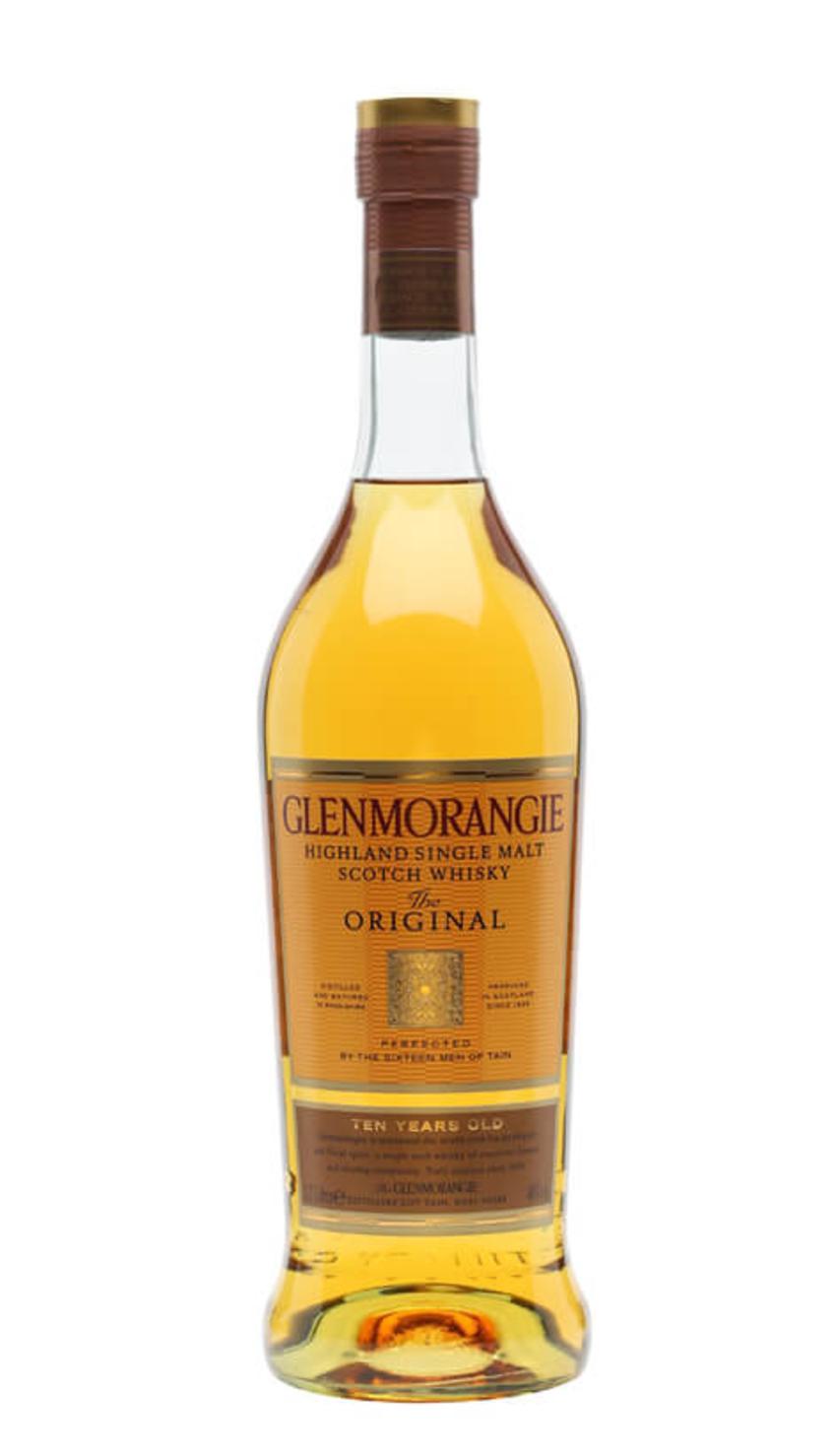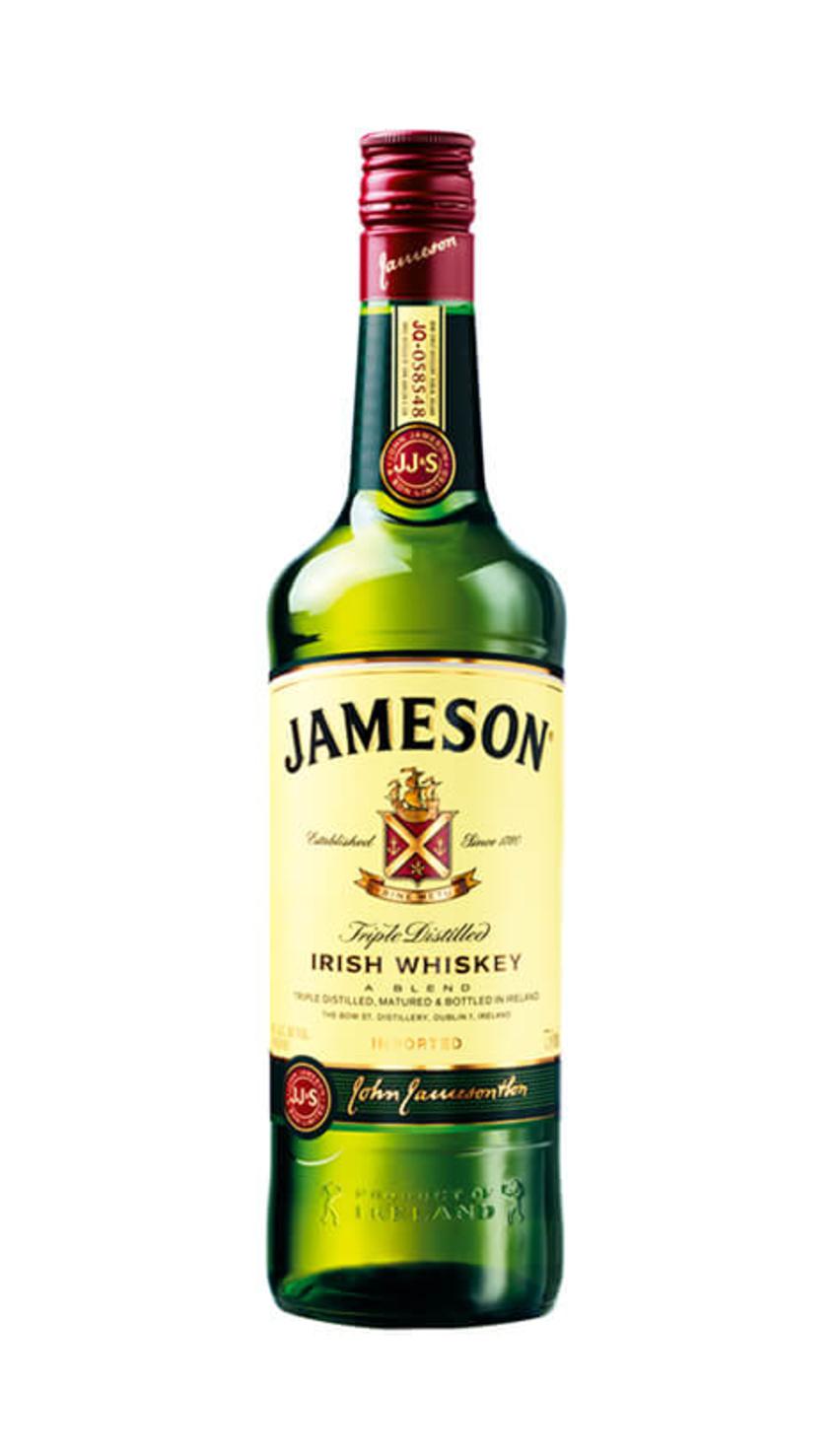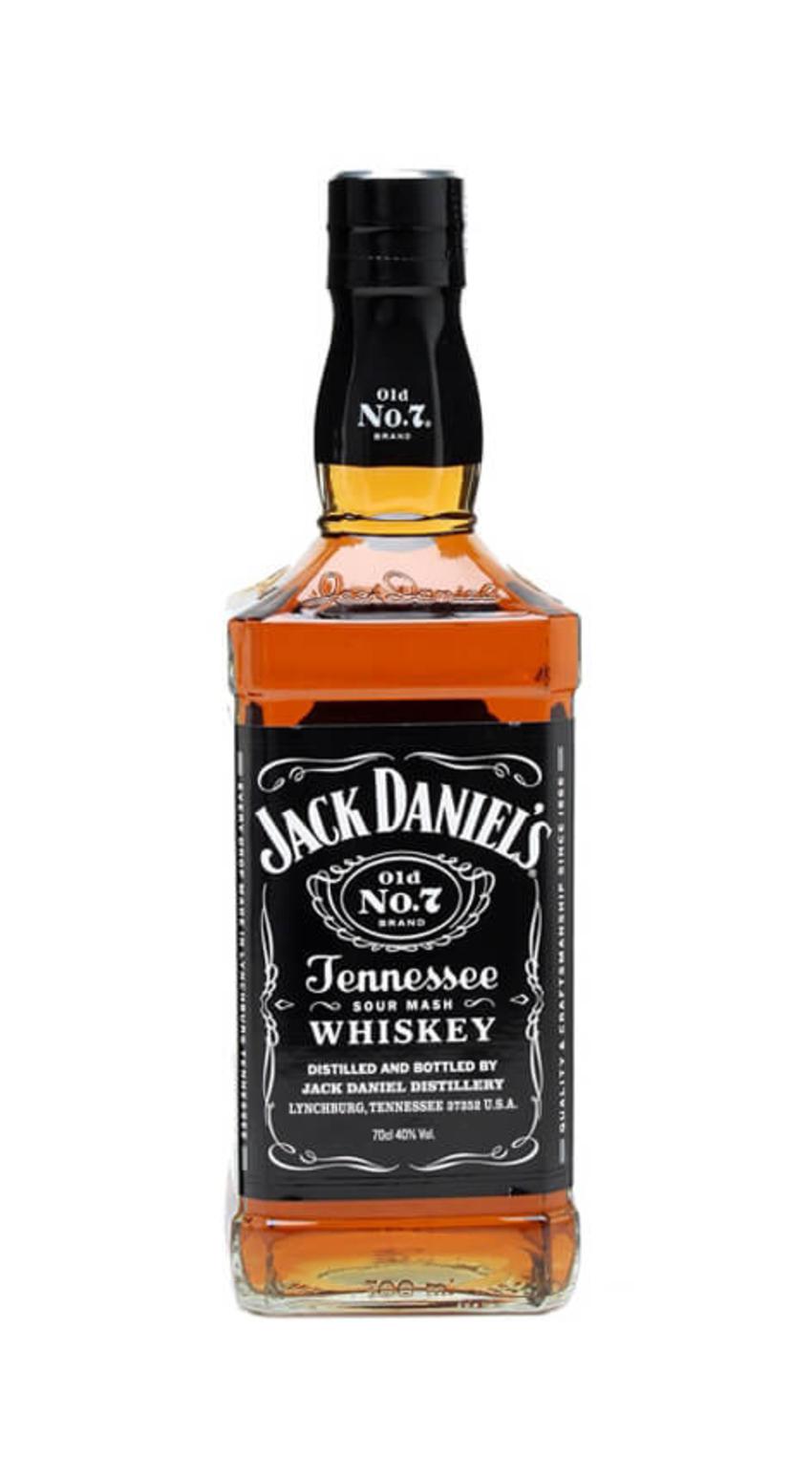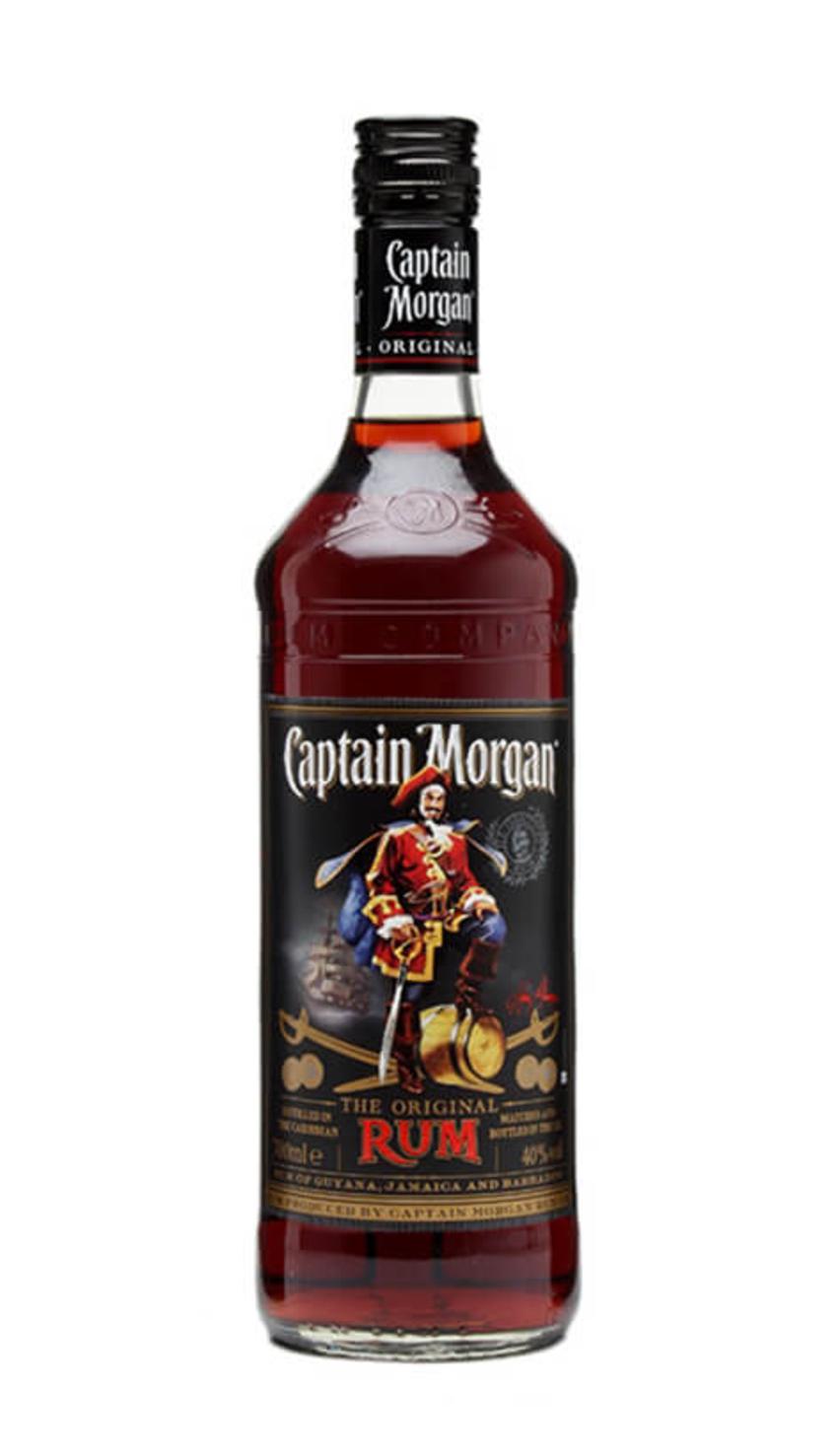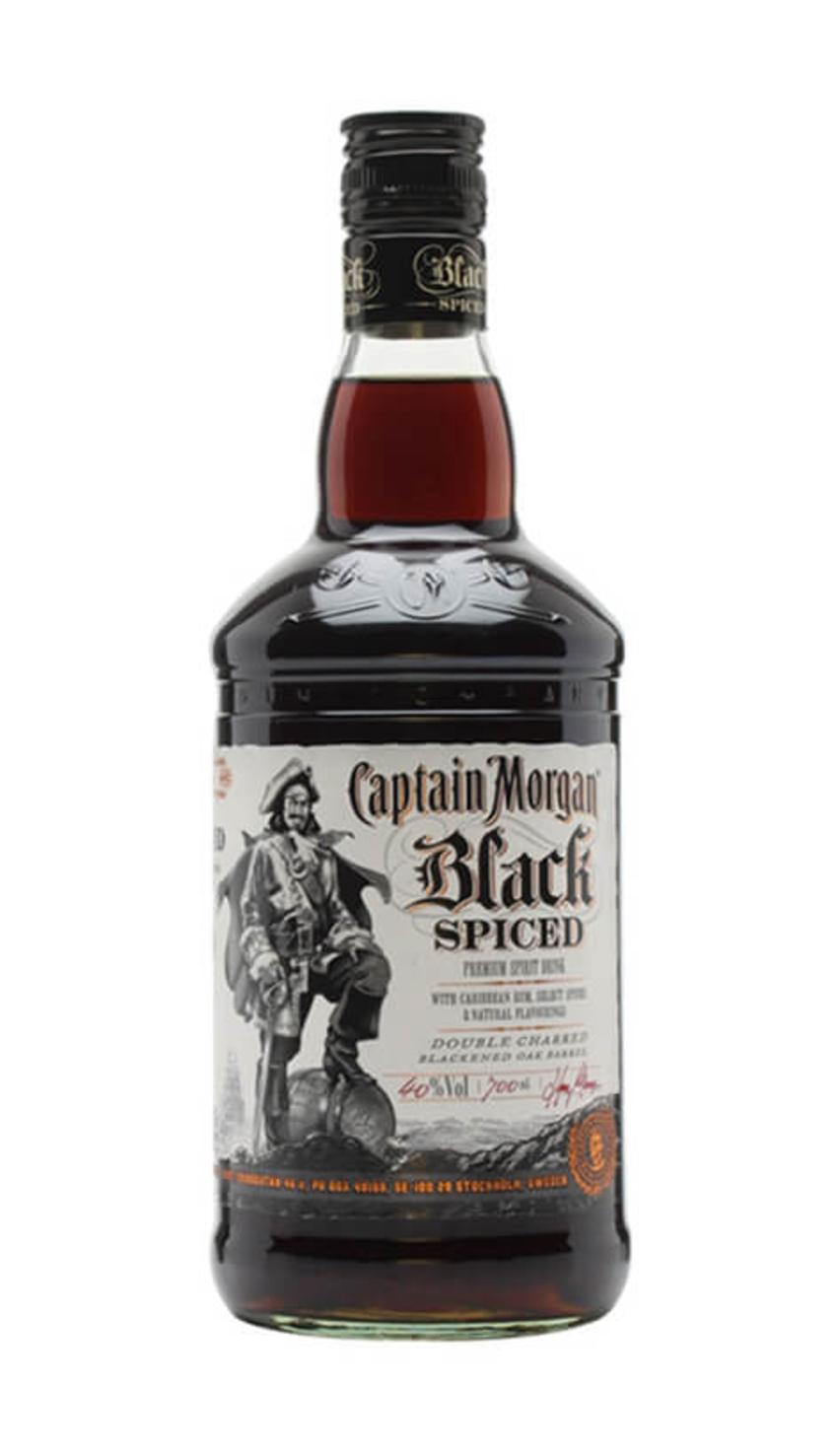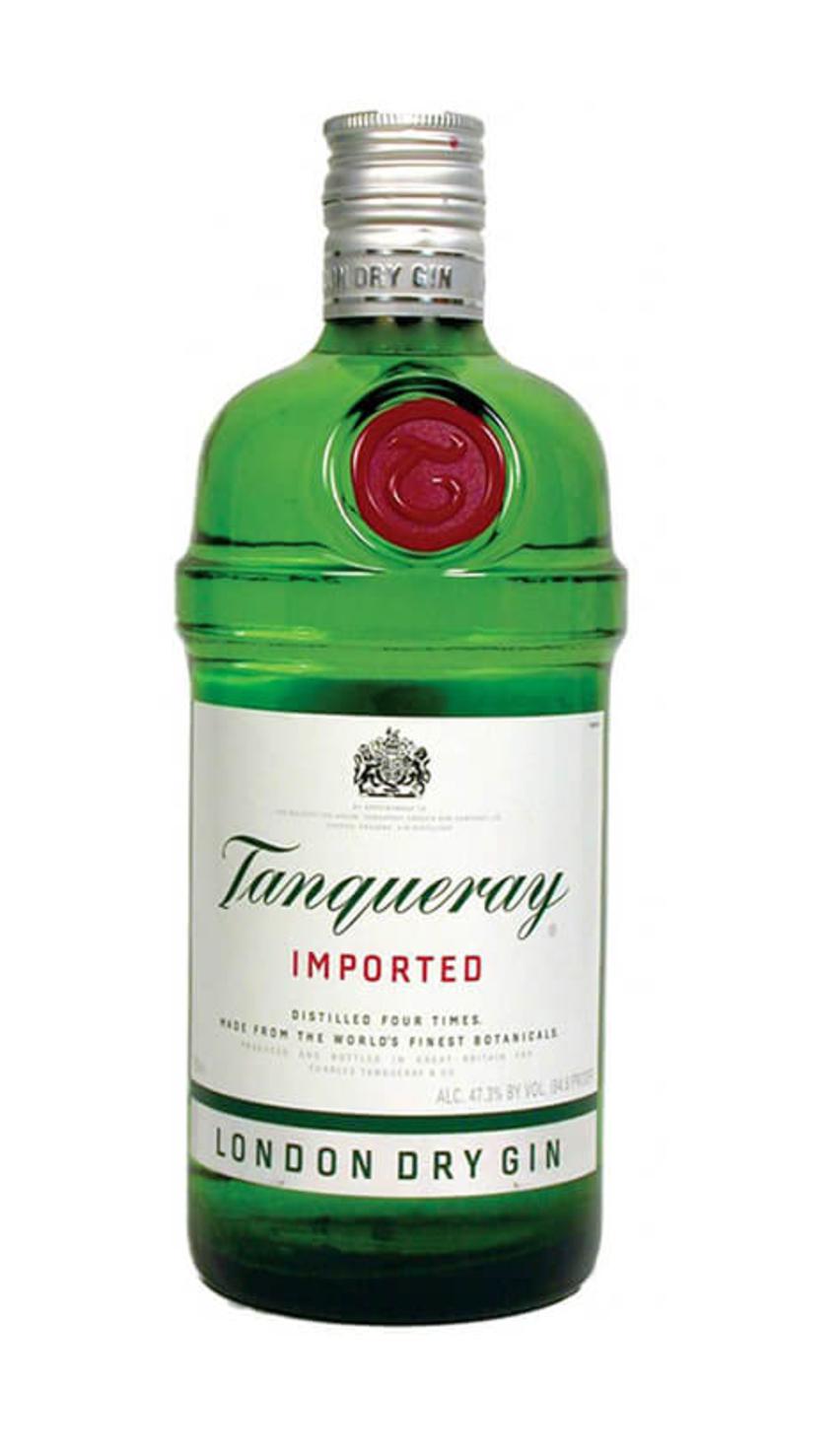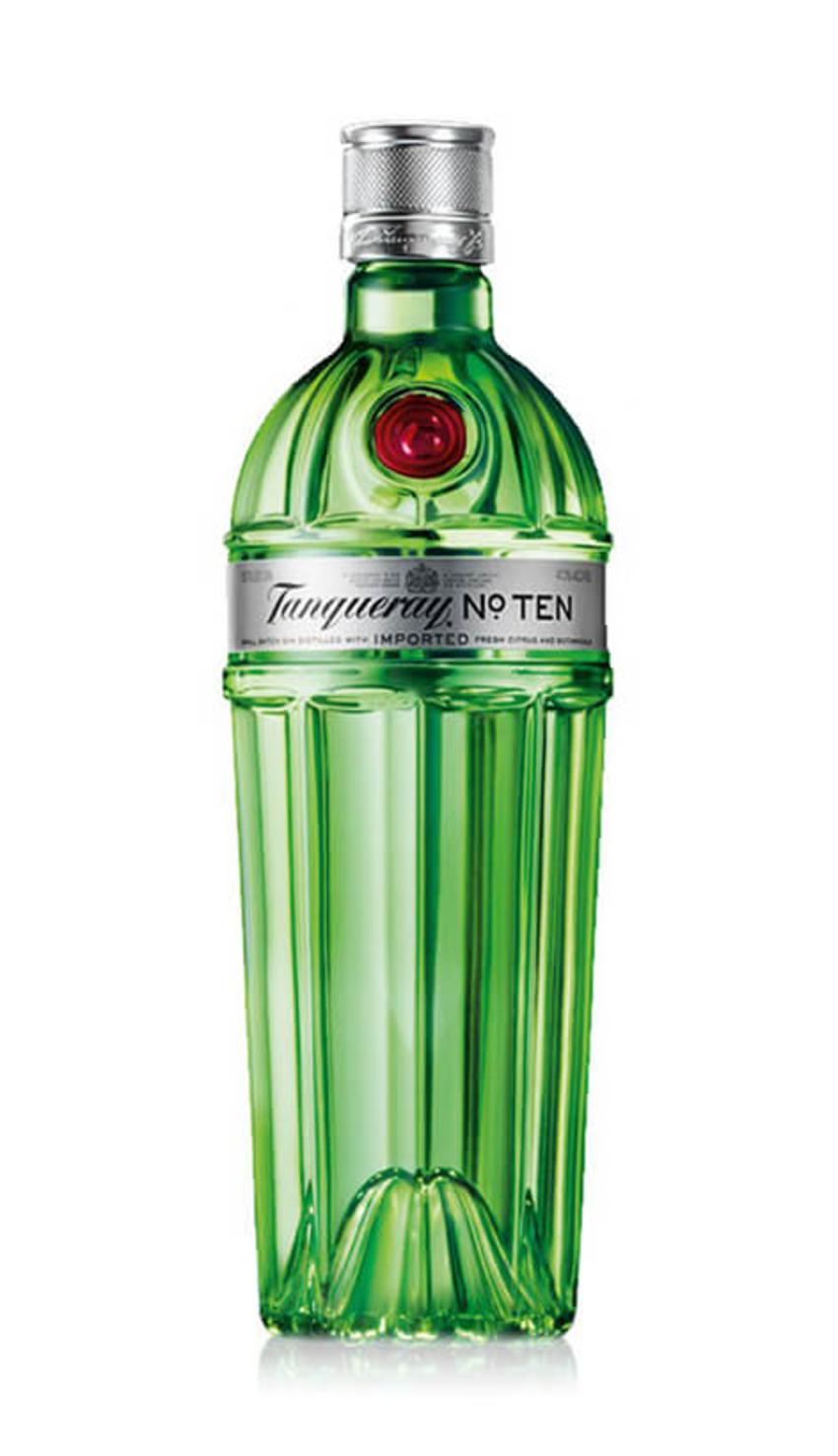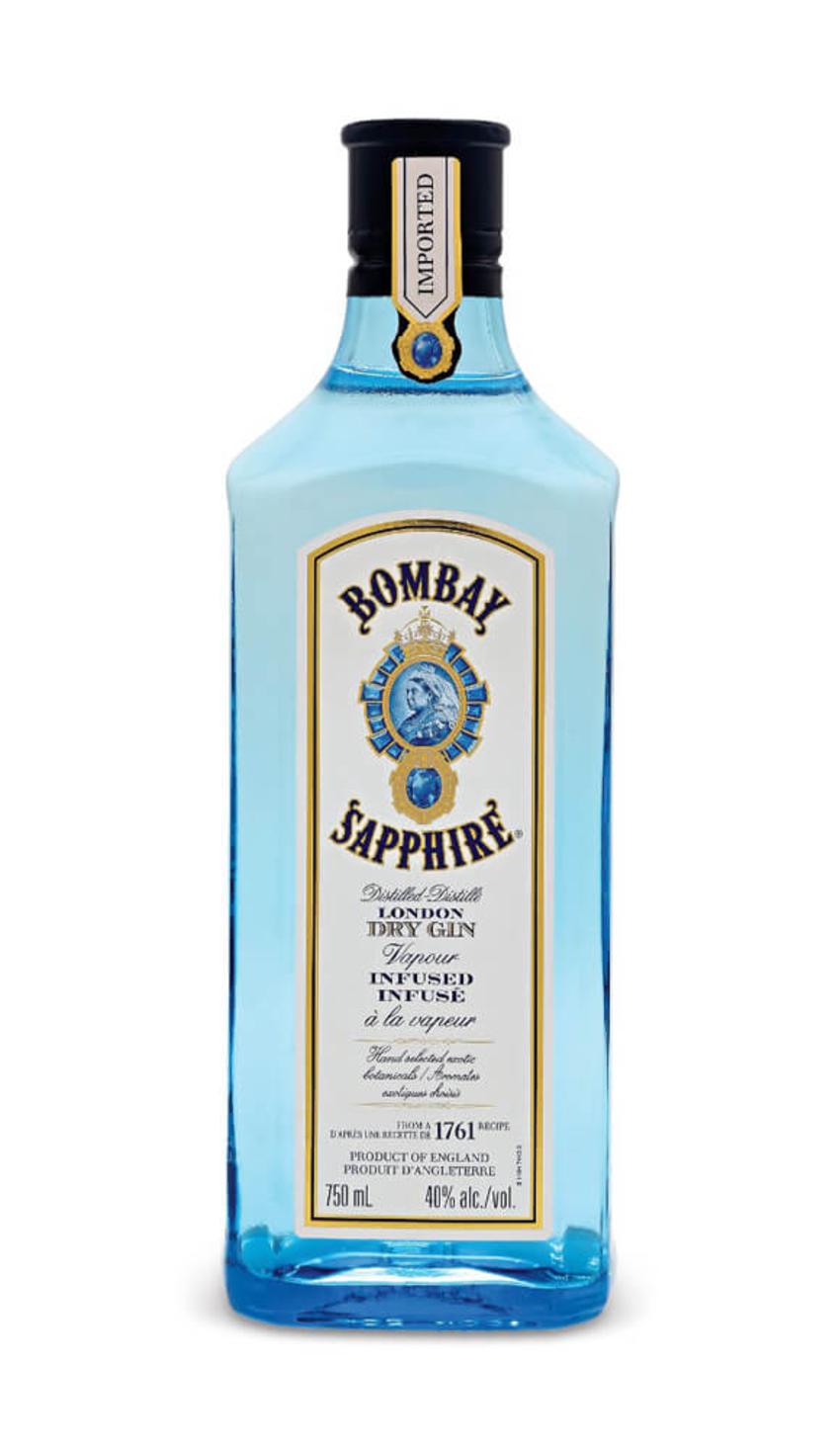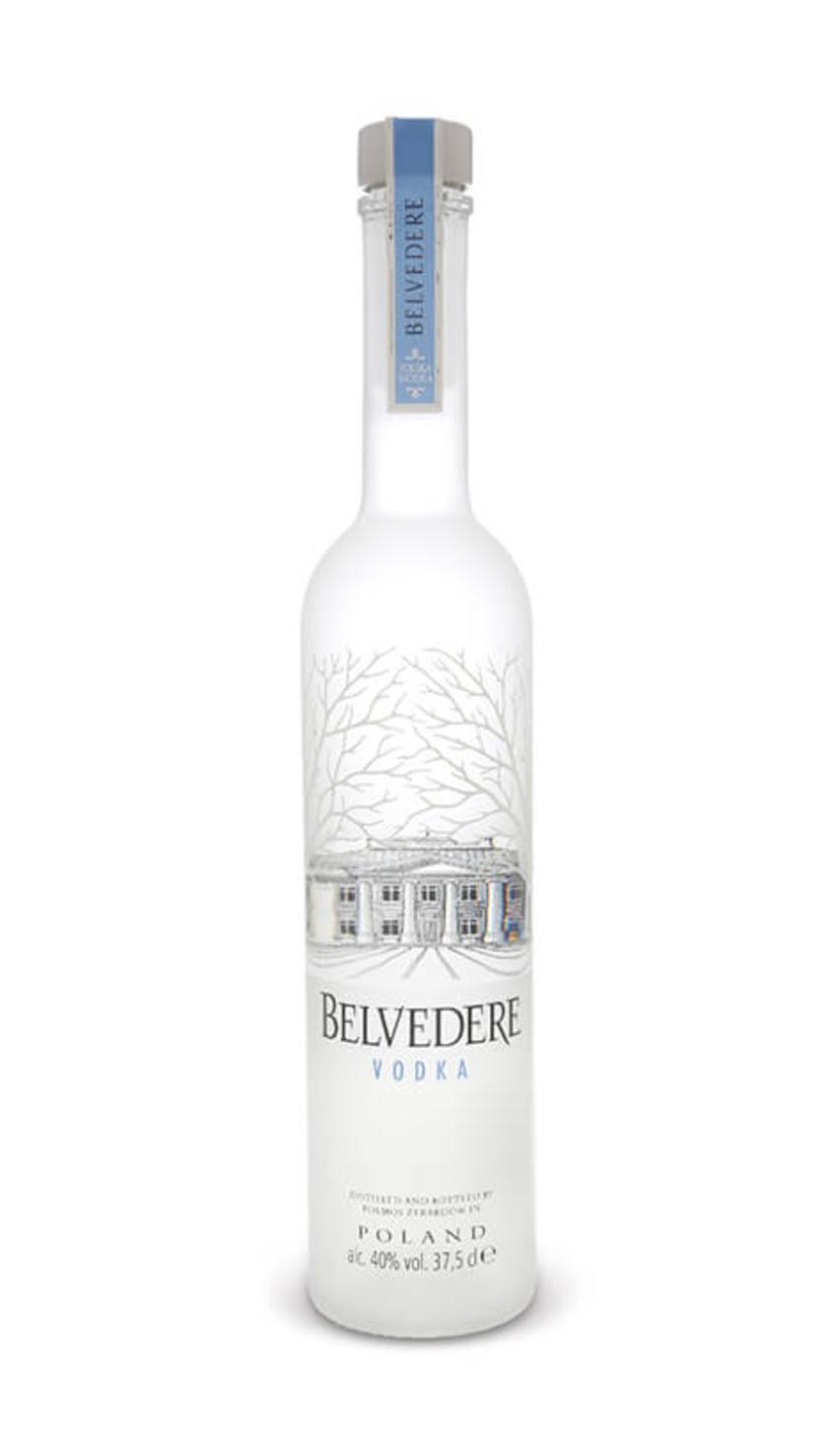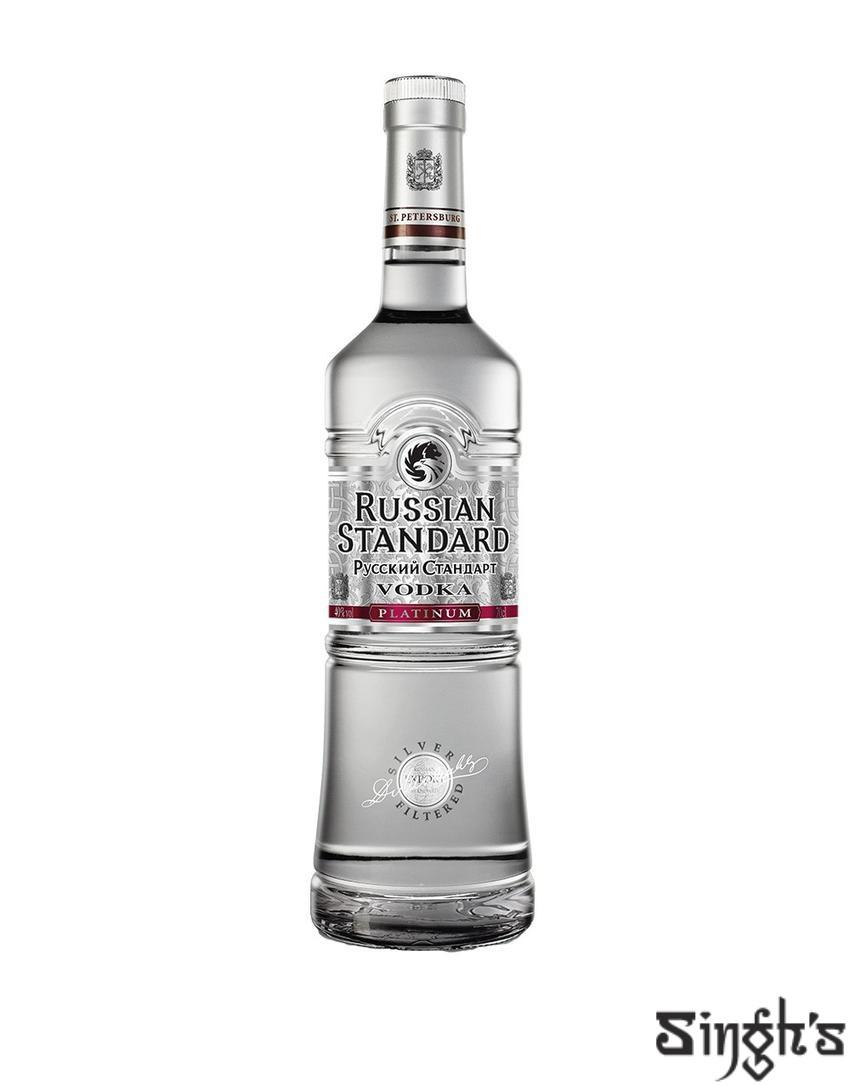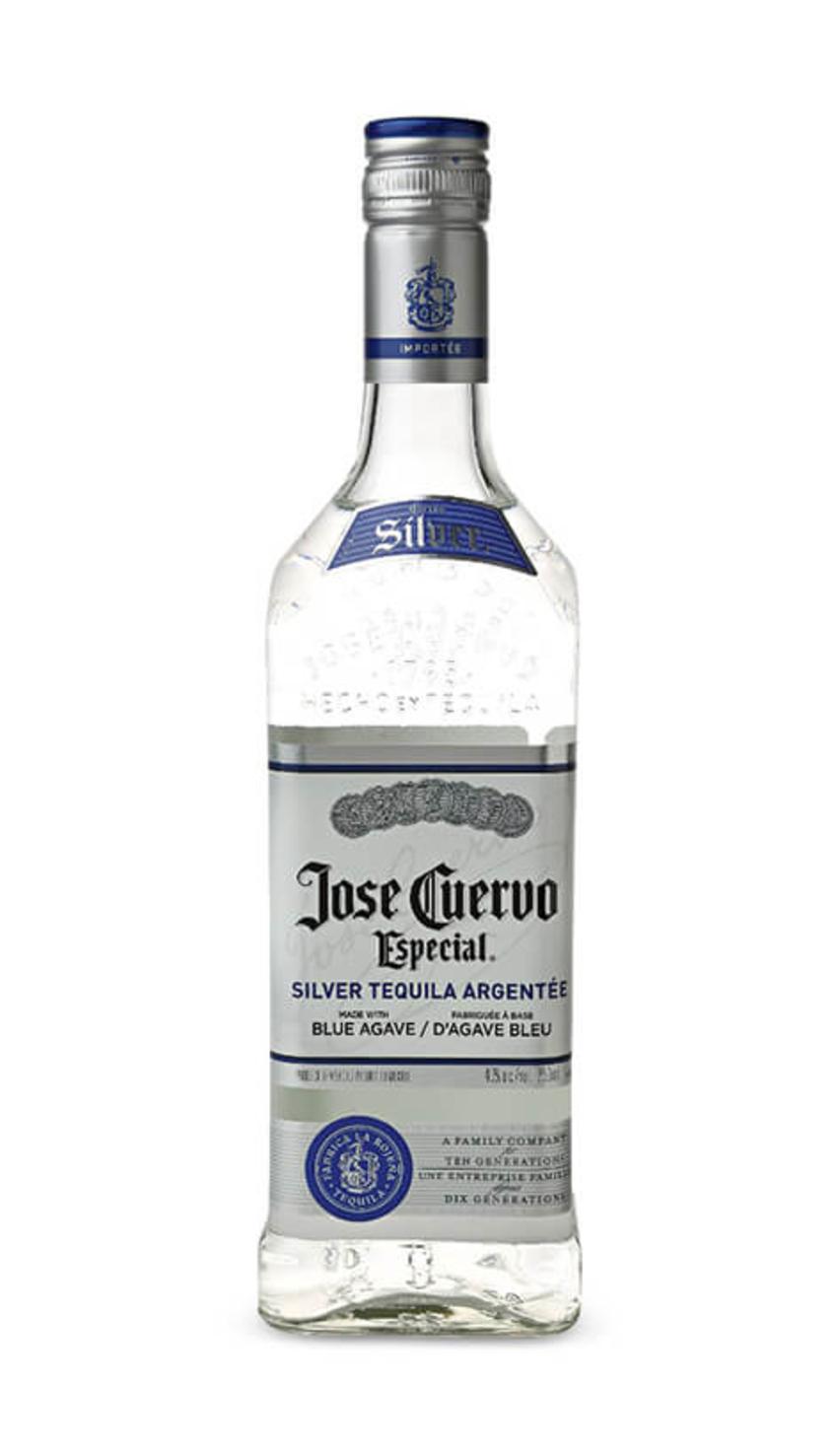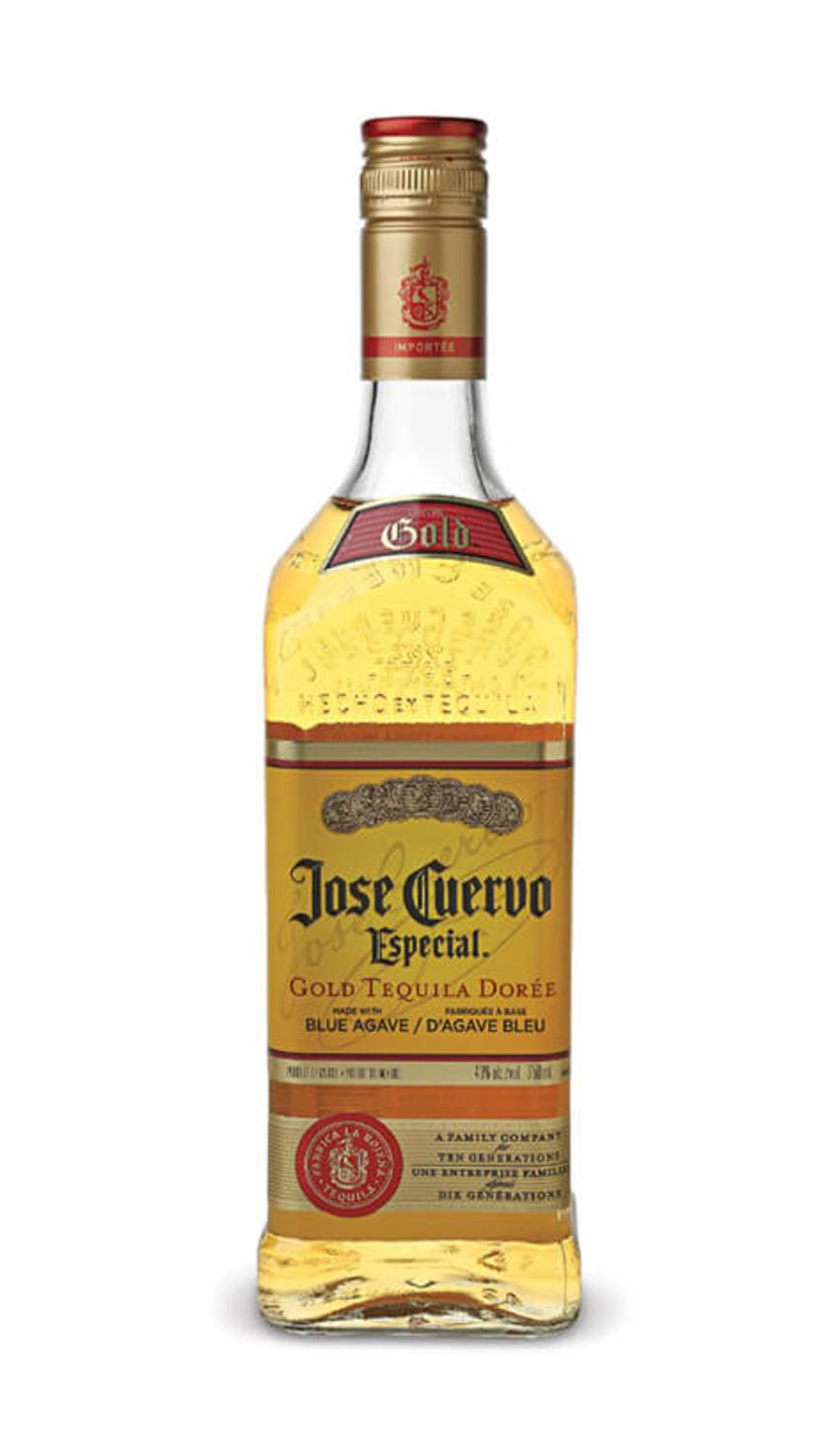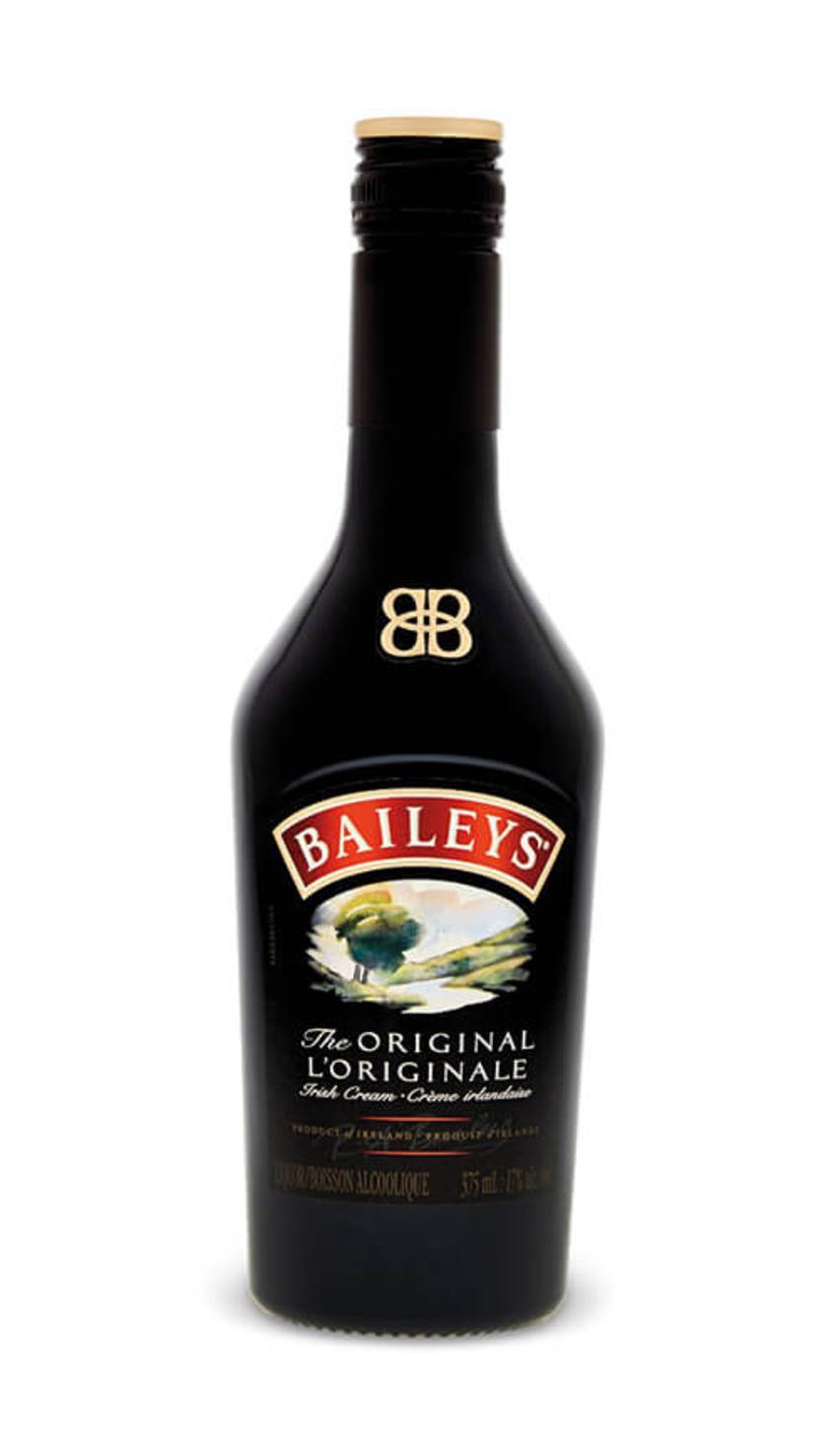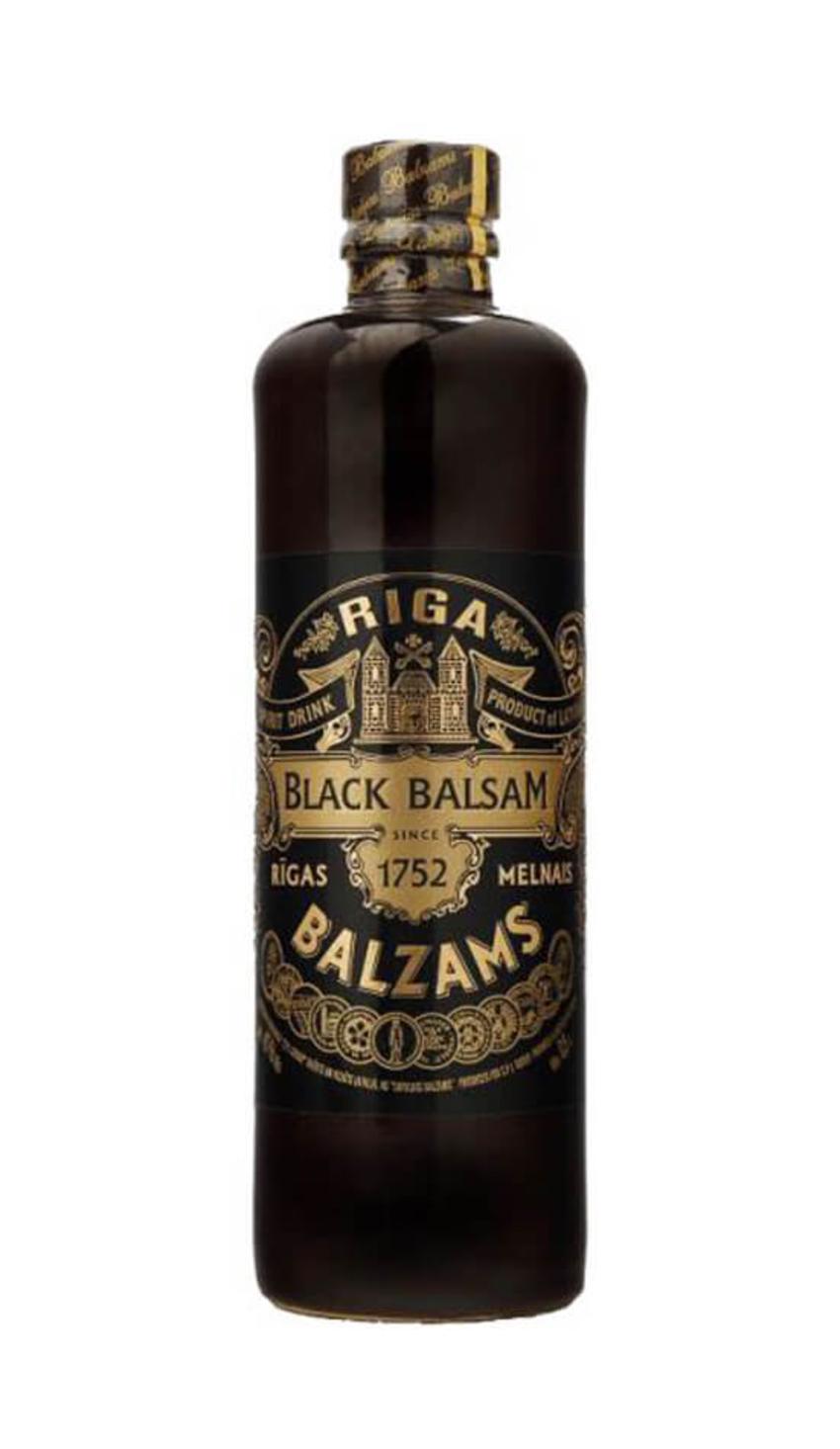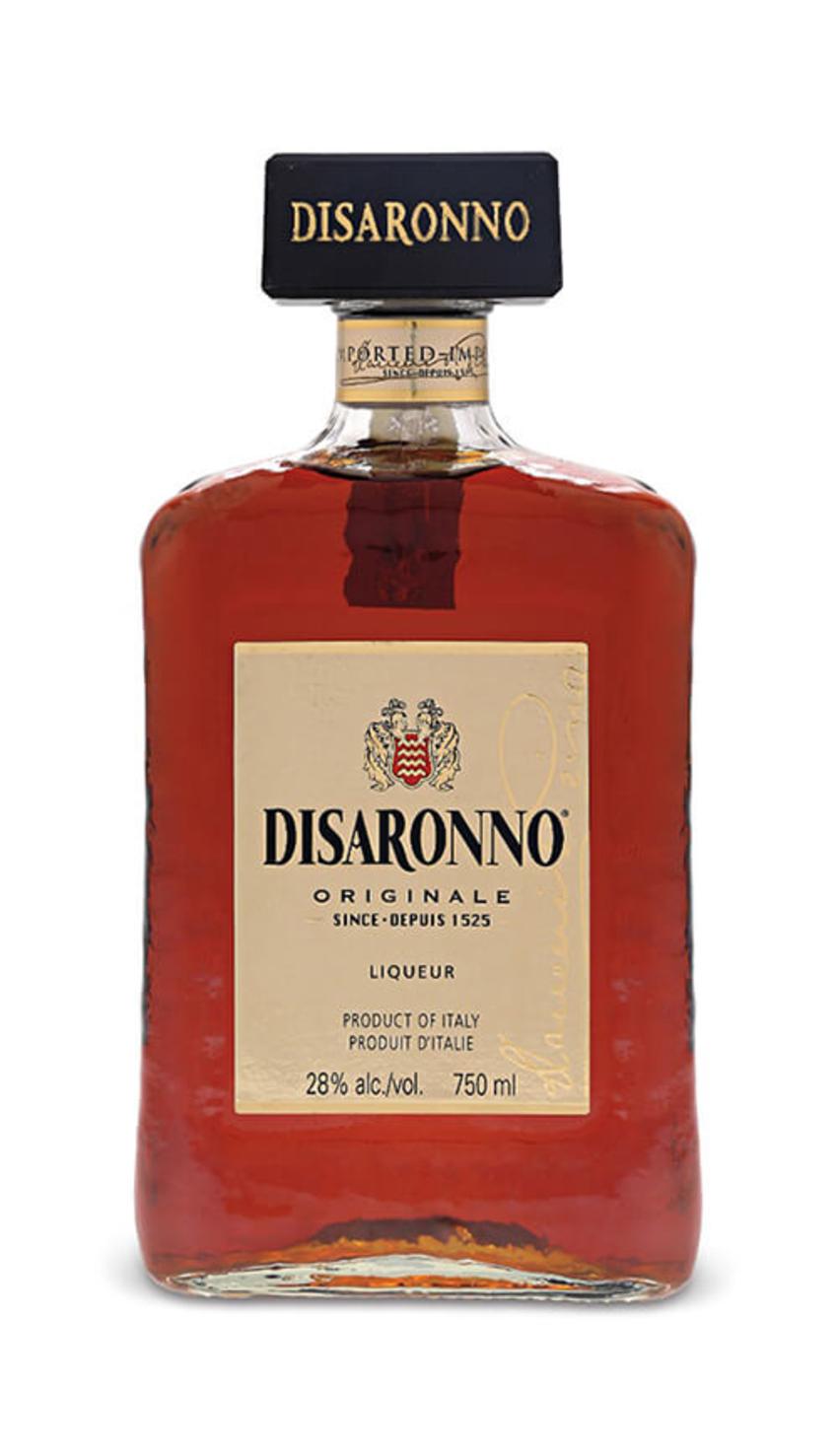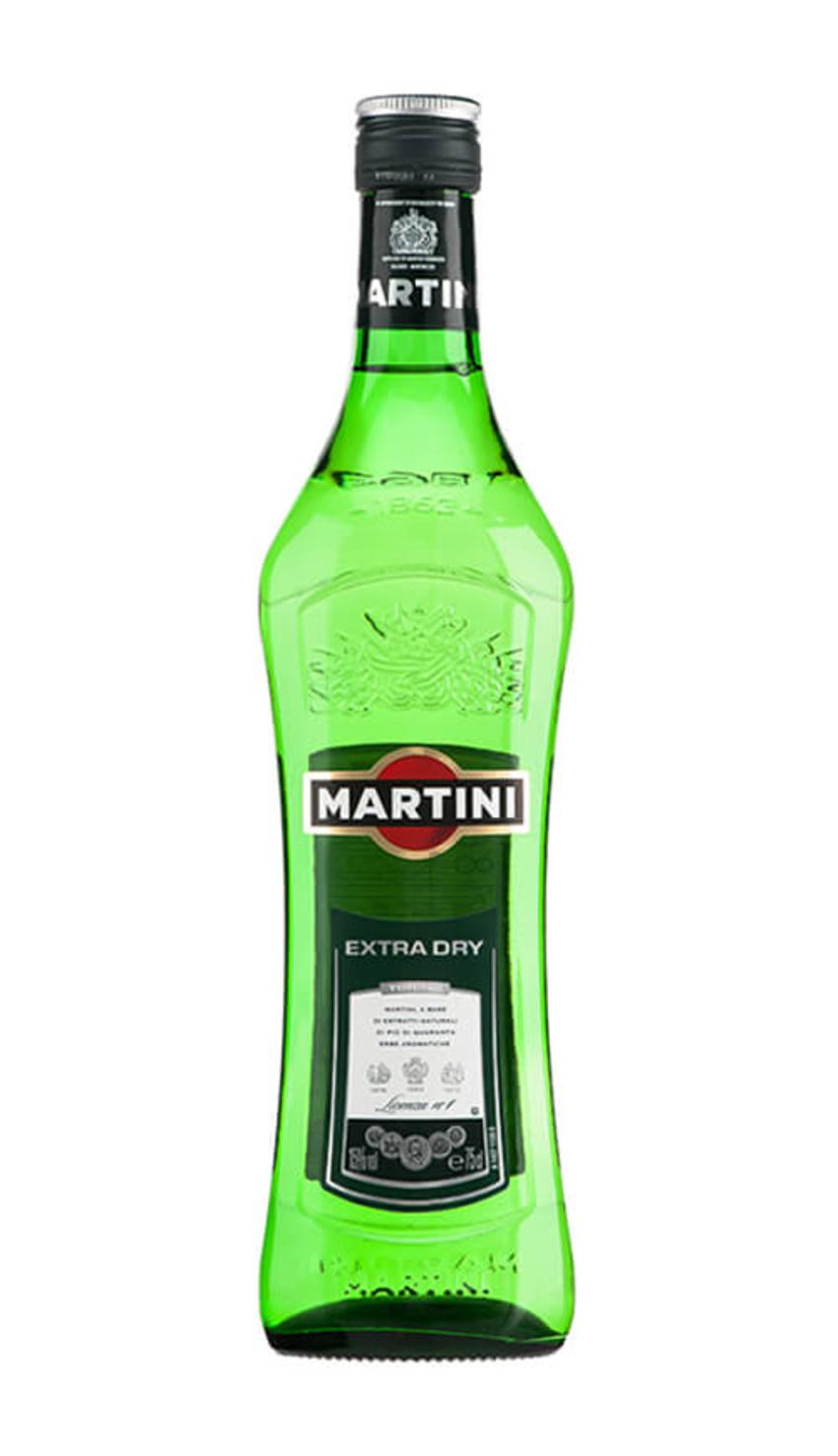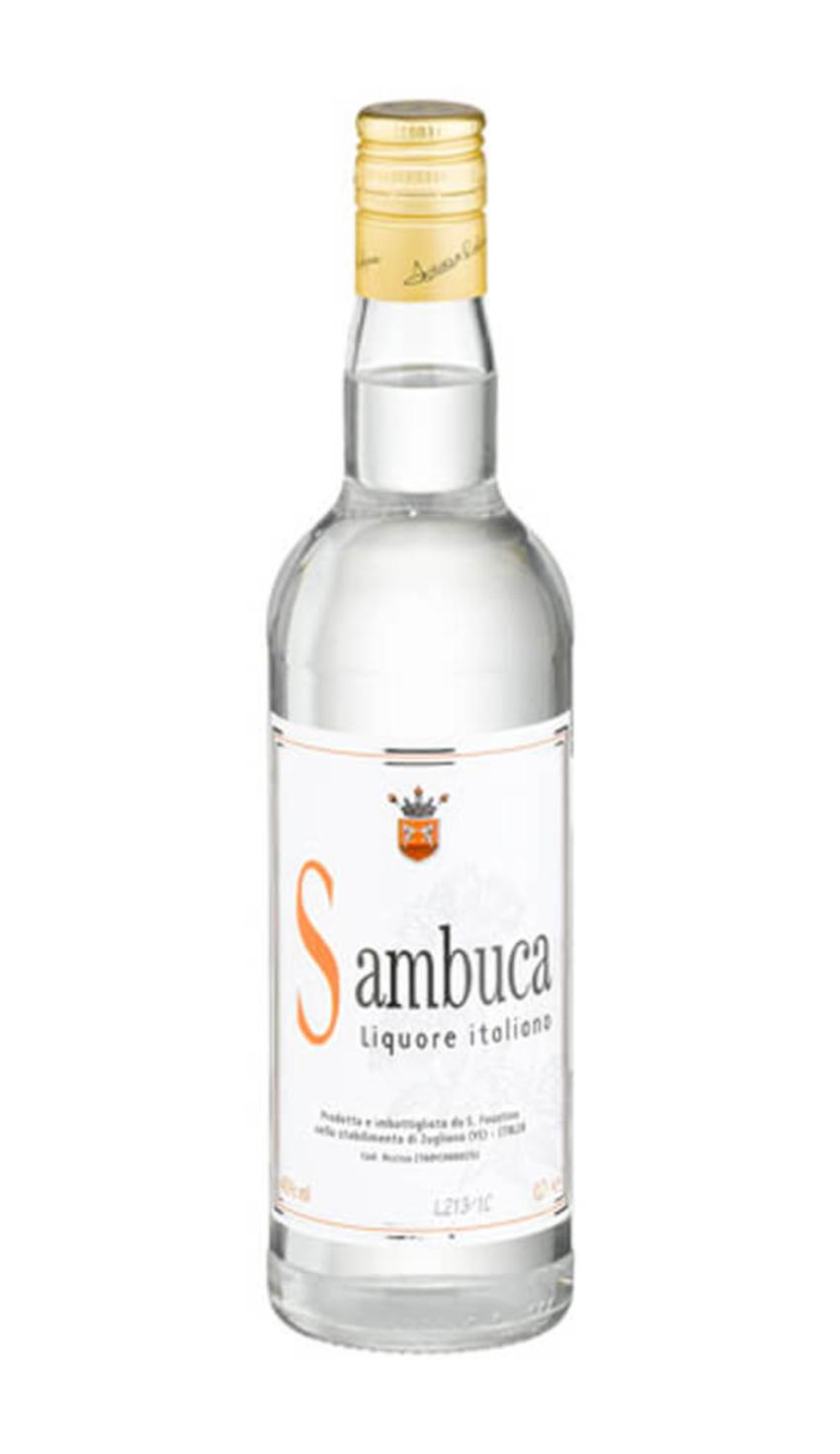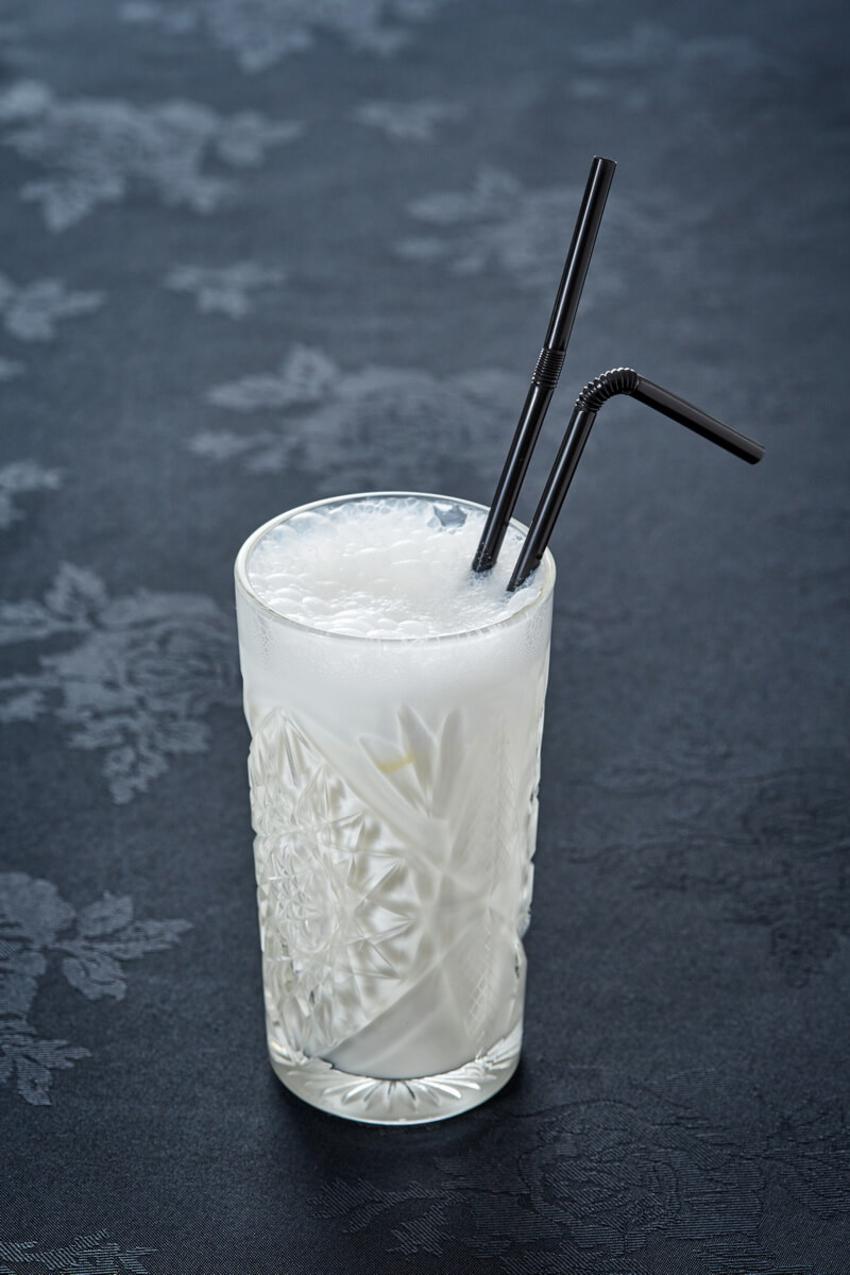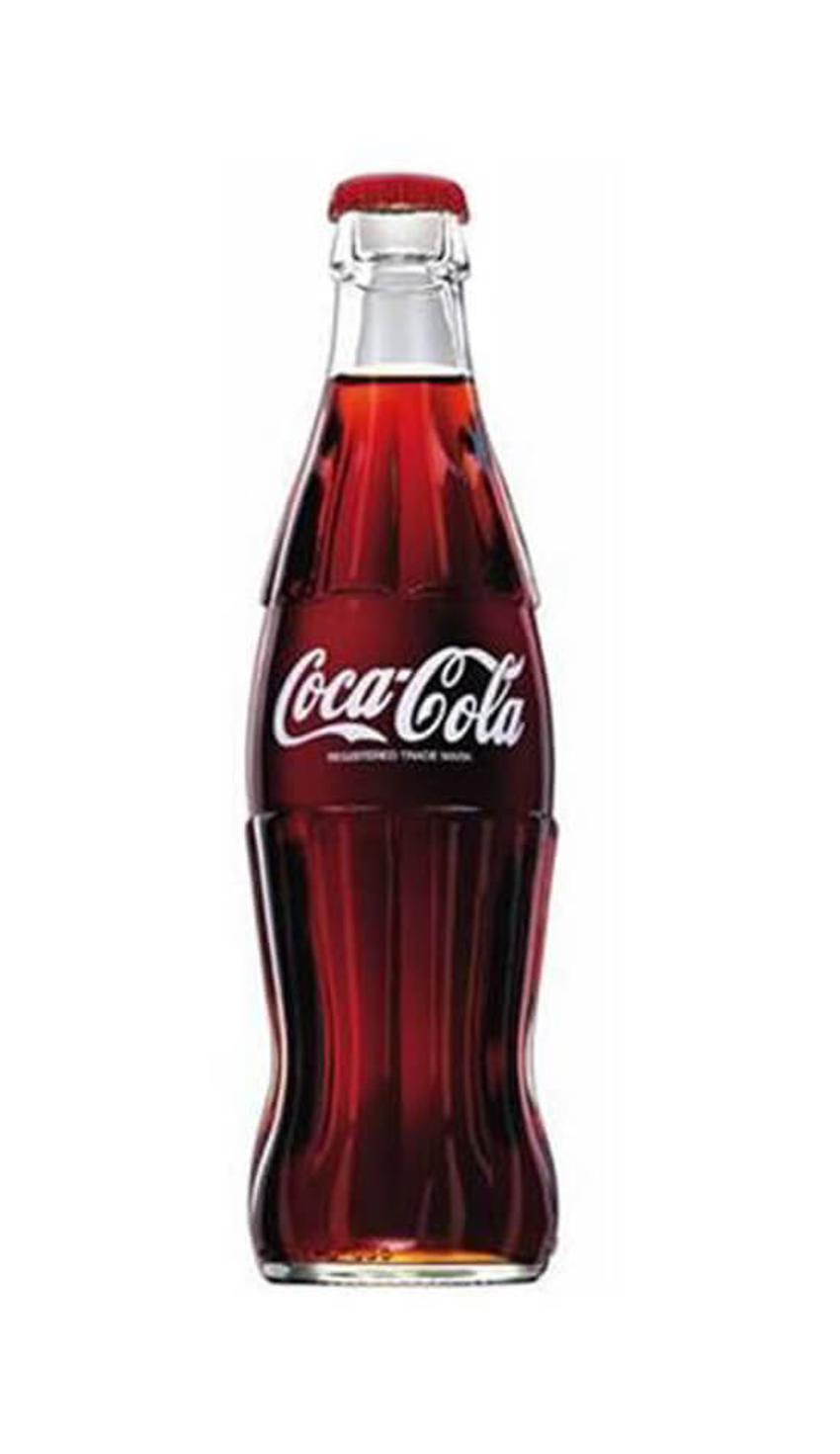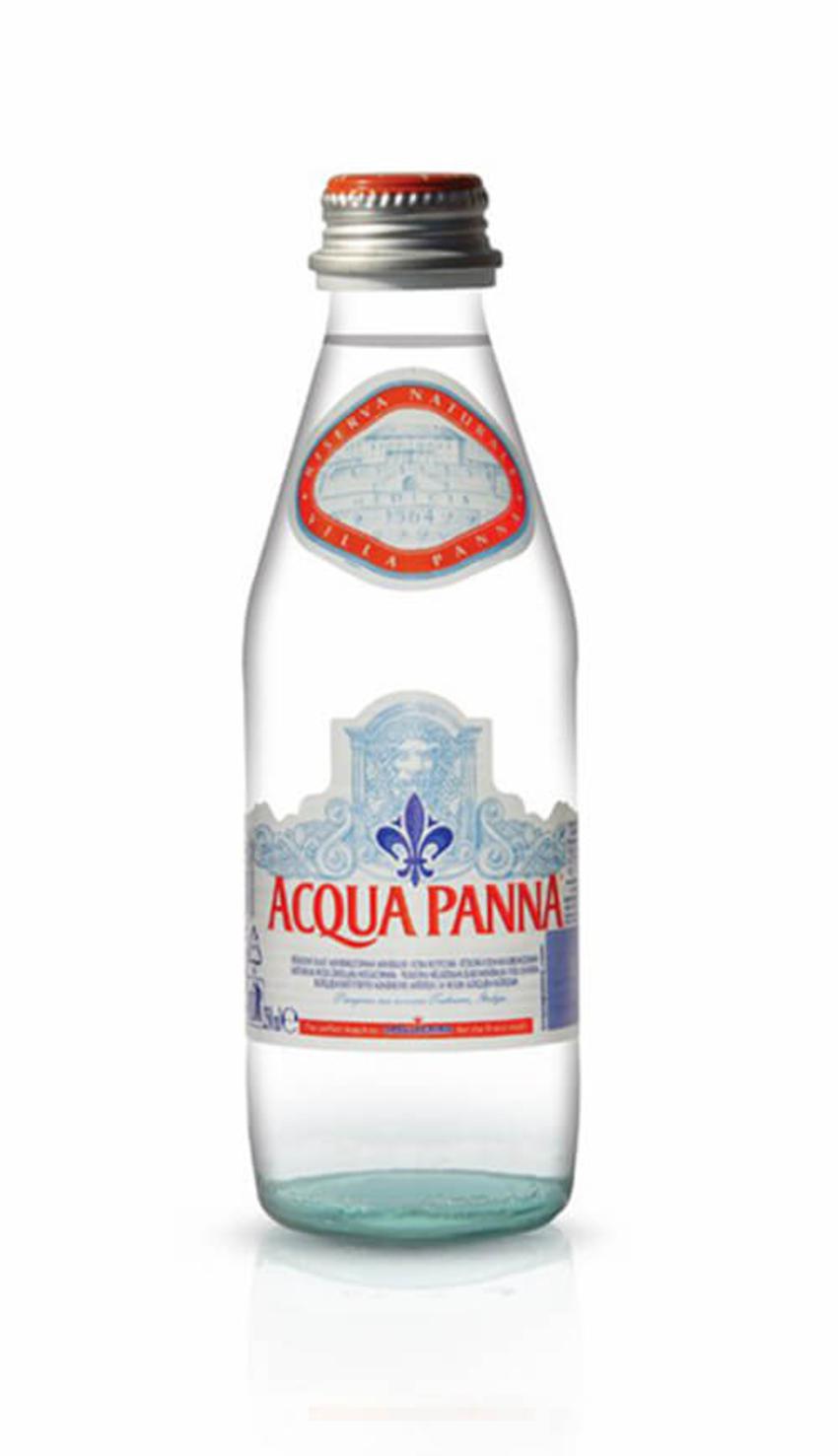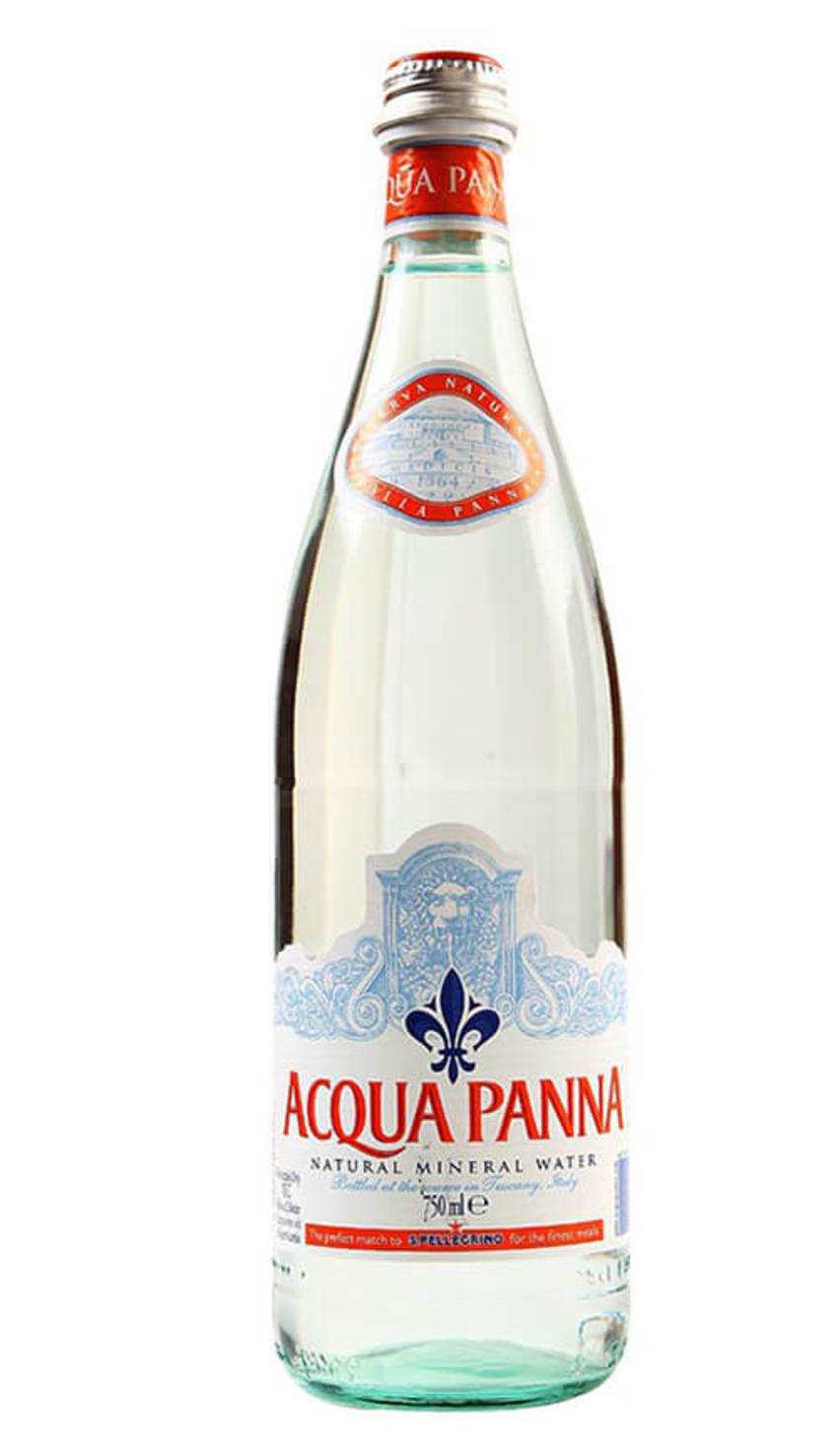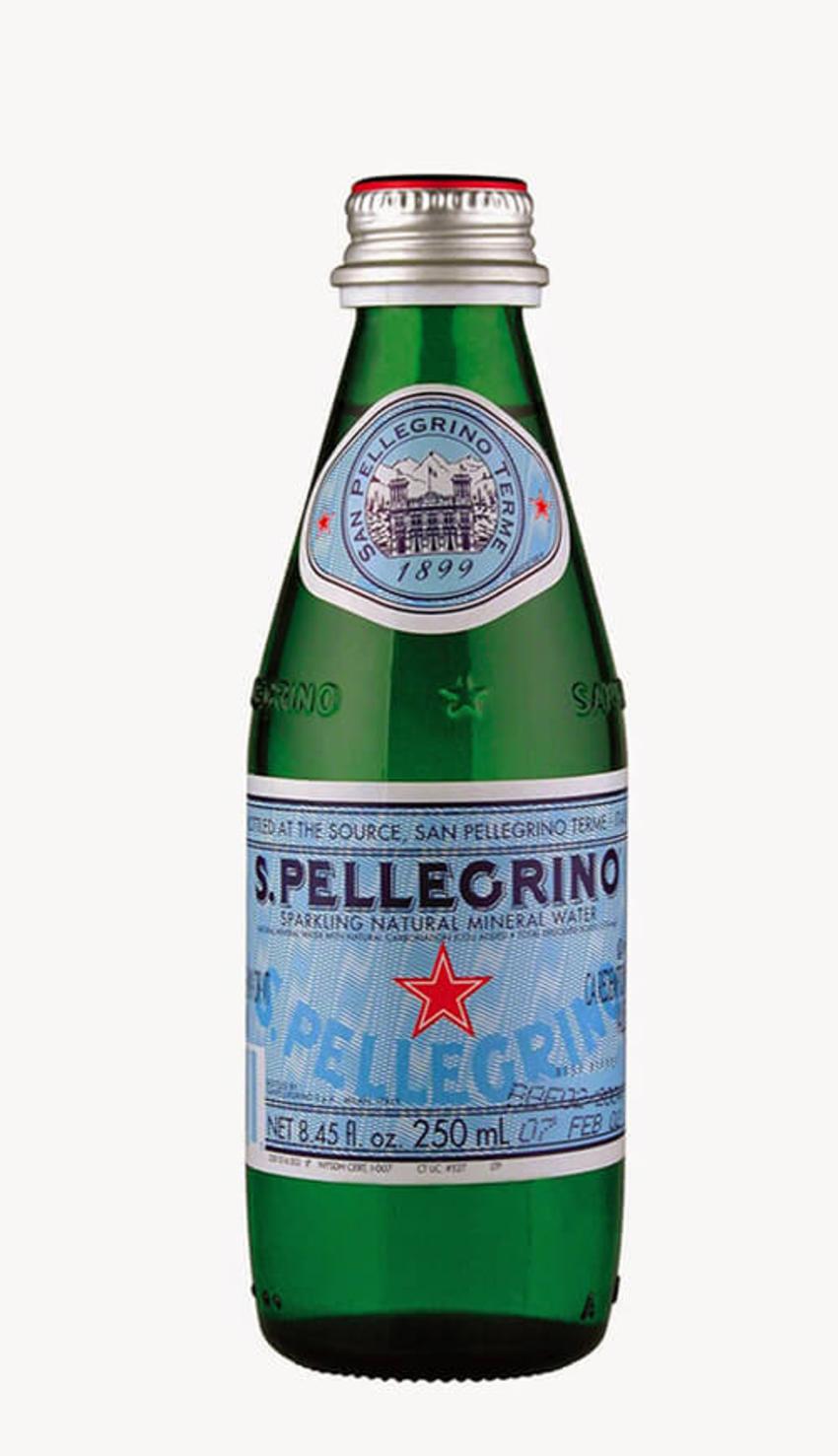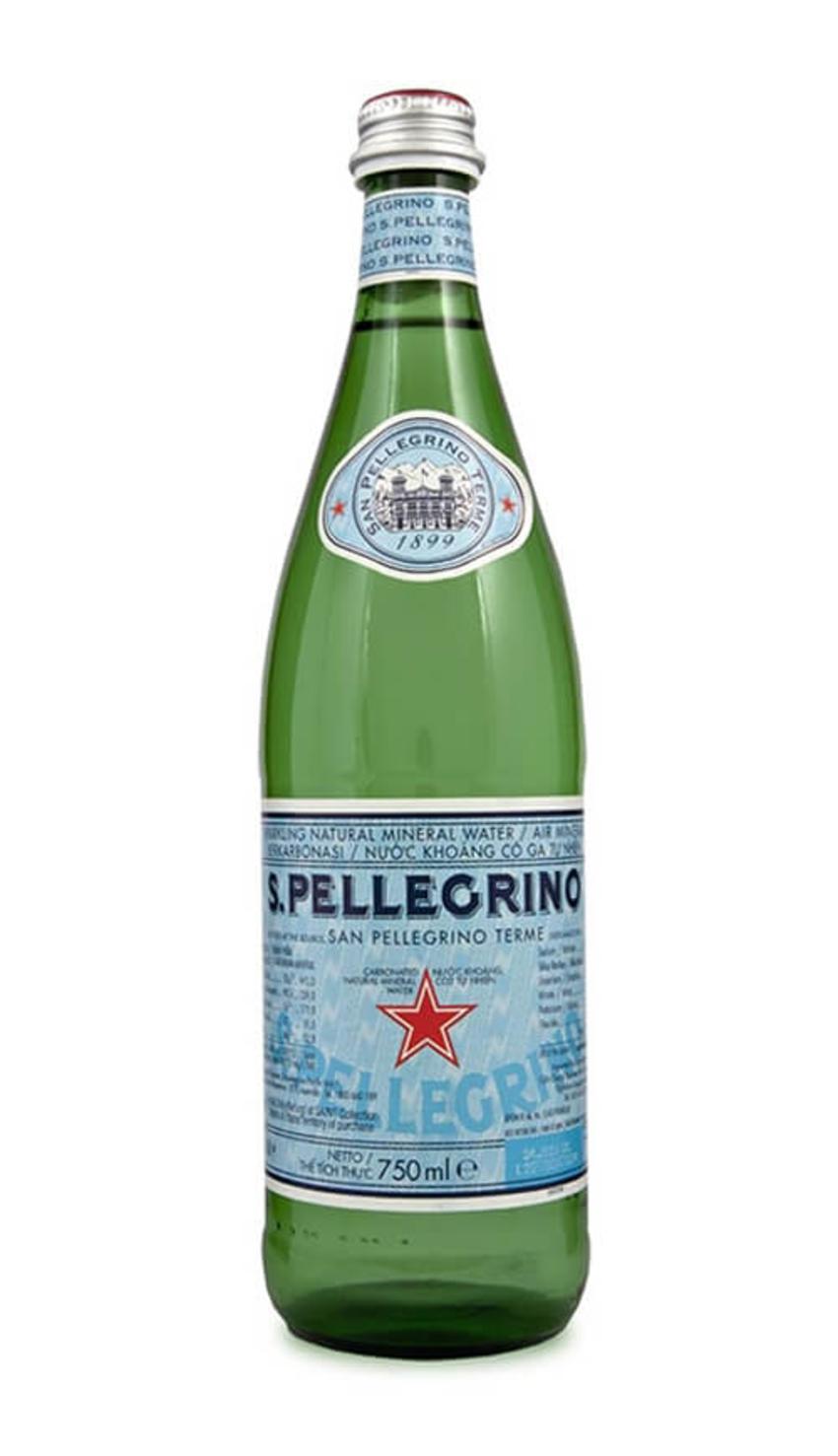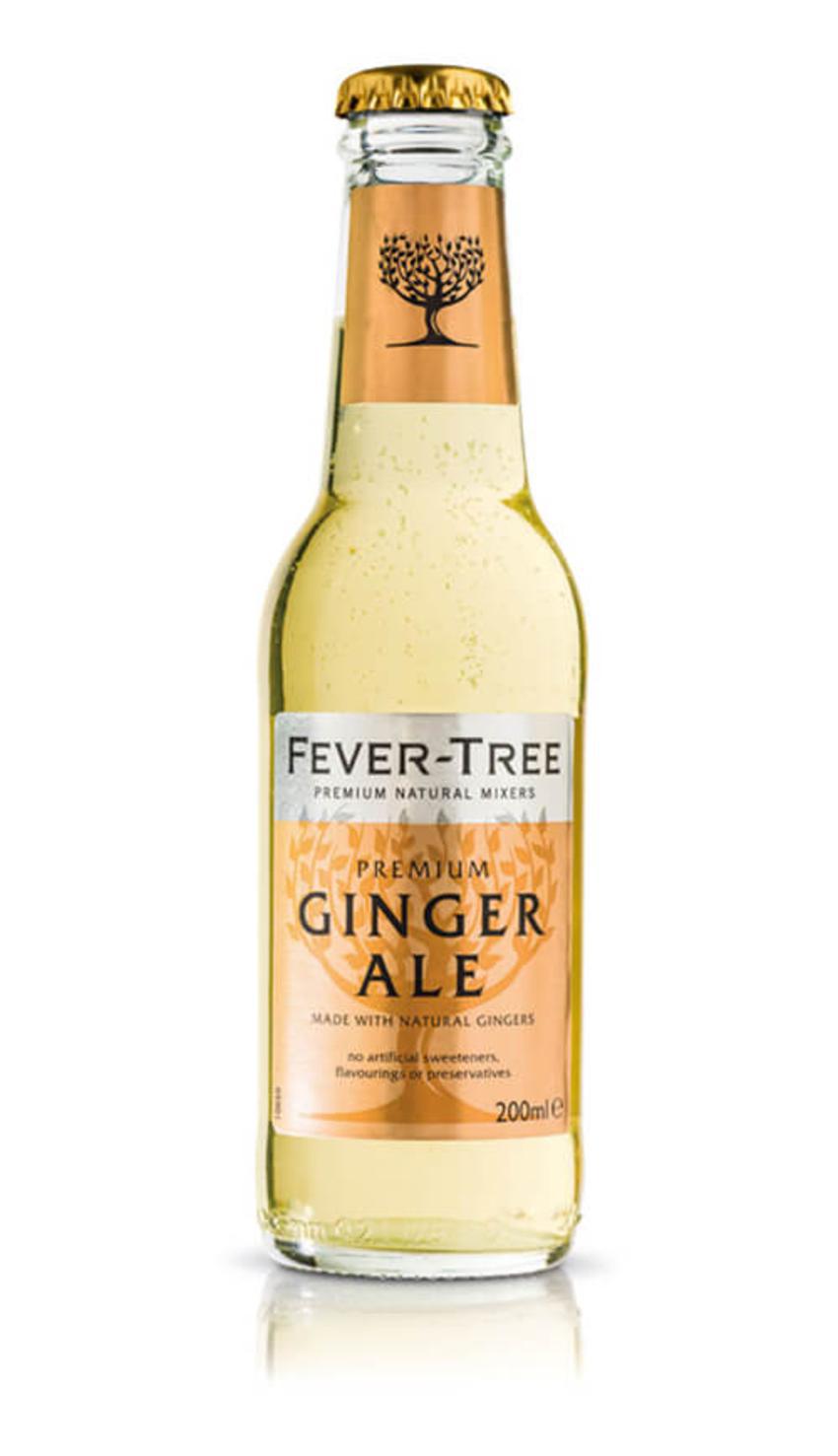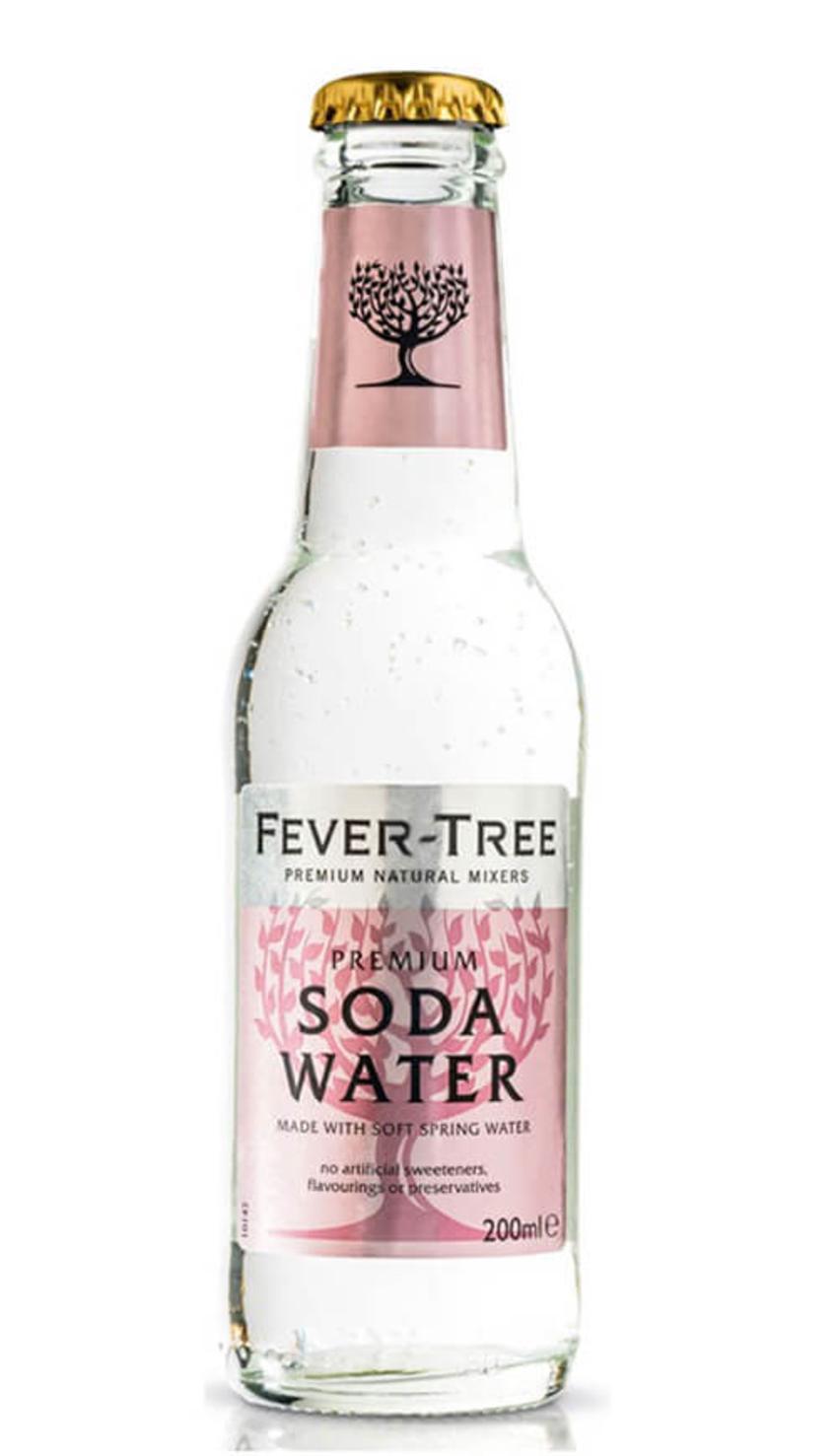Vein discomfort can be an uncomfortable as well as concerning experience. Whether it’s a plain ache or a sharp sensation, comprehending the factors behind this pain is crucial for looking for proper relief. In this article, we will certainly discover the various reasons for capillary discomfort and review prospective therapy choices. Please keep in mind that while this info is based on open resources and also basic expertise, speaking with a health care expert is fumarex always recommended for an appropriate medical diagnosis and also customized advice.
Understanding Vein Discomfort
Vein pain describes any discomfort or discomfort experienced in the blood vessels, which are accountable for bring blood back to the heart. This discomfort can manifest in various methods, including pain, hurting, or a feeling of stress in the damaged location. While capillary discomfort can take place anywhere in the body, it is most frequently really felt in the legs, where the capillaries are under boosted stress as a result of standing or walking.
It is important to distinguish between various kinds of vein discomfort. Varicose veins, as an example, are enlarged as well as twisted veins that commonly create pain and pain. On the other hand, deep vein thrombosis (DVT) is a potentially major problem identified by the formation of blood clots in deep capillaries, triggering swelling as well as pain. These are simply a few instances, as well as there are a number of various other problems that can result in blood vessel pain.
The following areas will certainly look into some common reasons for vein discomfort and supply understandings into prospective treatment choices:
- 1. Varicose Veins and also Spider Veins
- 2. Deep Capillary Apoplexy (DVT)
- 3. Venous Insufficiency
- 4. Phlebitis
- 5. Embolism
1. Varicose Veins and Crawler Veins
Varicose veins as well as spider veins are common conditions that can trigger capillary pain. Varicose capillaries are puffy and twisted capillaries that are frequently noticeable under the skin. Crawler veins, on the other hand, are smaller sized and appear like a spider’s web. Both problems happen when the valves inside the blood vessels deteriorate or come to be harmed, triggering blood to swimming pool and also veins to increase the size of.
Treatment alternatives for varicose blood vessels and also crawler capillaries range from way of life modifications, such as normal exercise and also elevation of the legs, to medical treatments, consisting of sclerotherapy and laser therapy. Your doctor can lead you in picking the most suitable alternative based on the seriousness of your problem.
2. Deep Capillary Apoplexy (DVT)
Deep blood vessel thrombosis (DVT) occurs when a blood clot types in a deep capillary, normally in the legs. This condition can be life-threatening if the embolism break out and also takes a trip to the lungs, creating a pulmonary embolism. Vein discomfort, swelling, as well as warmth are common symptoms of DVT.
If you think you may have DVT, seeking prompt medical focus is crucial. Therapy for DVT frequently entails blood-thinning drugs to prevent the embolisms from growing or breaking loose. Sometimes, clot-dissolving medicines or medical interventions might be necessary.
3. Venous Insufficiency
Venous insufficiency occurs when the blood vessels have difficulty sending out blood from the arm or legs back to the heart. This problem commonly results in capillary pain, swelling, as well as hurting legs. The underlying causes may consist of weak capillary valves, damages to the veins, or various other factors that hinder correct blood flow.
Therapy alternatives for venous lack concentrate on soothing signs and symptoms and also improving blood flow. Compression stockings, way of living adjustments, and drug can aid handle pain and also decrease swelling. In severe instances, medical treatments such as vein ablation or vein bypass surgery may be recommended.
4. Phlebitis
Phlebitis describes the inflammation of a capillary, which can cause pain, redness, and swelling. Superficial phlebitis influences veins near the skin’s surface area, while deep phlebitis impacts much deeper capillaries. Phlebitis can happen because of various elements, consisting of injury, infection, or the visibility of an intravenous catheter.
Treatment for phlebitis may involve discomfort alleviation drugs, cozy compresses, and also elevation of the damaged area. In many cases, anti-biotics might be necessary if an infection exists. It is vital to seek advice from a medical care specialist for an appropriate medical diagnosis and also ideal treatment plan.
5. Embolism
Blood clots in the blood vessels, likewise called thrombophlebitis, can create capillary pain and also swelling. These clots can create as a result of a range of elements, including extended immobility, injury, or a hidden clinical problem that impacts blood clot.
Therapy for blood clots typically includes medicines to slim the blood and stop additional clotting. In severe instances, medical interventions might be necessary to get rid of the embolism or location a filter in the capillary to stop future embolisms from taking a trip to essential organs.
Conclusion
Capillary discomfort can have various causes, varying from common conditions like varicose capillaries as well as crawler veins to extra major issues like deep blood vessel thrombosis. It is crucial to focus on any kind of relentless or extreme vein discomfort as well as seek clinical attention for a proper medical diagnosis and proper treatment. Treatment choices can vary based on the underlying cause, ranging from way of life changes as well as self-care measures to medical interventions. By recognizing the sources of blood vessel pain and also looking for prompt care, individuals can find relief and improve their total vascular wellness.


























